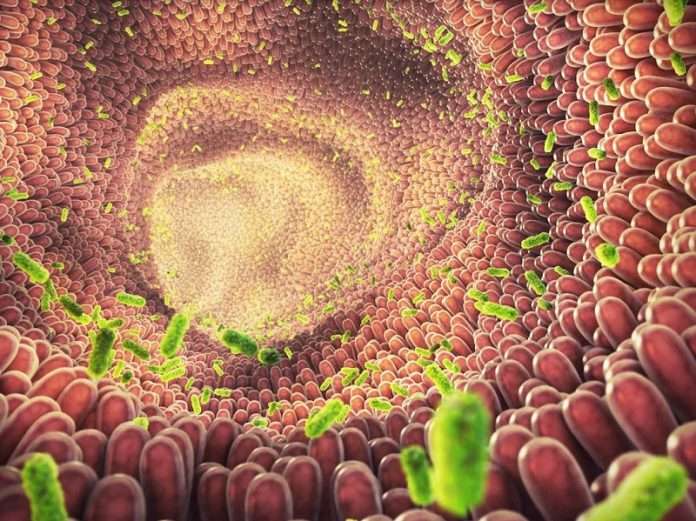Research studies have estimated that the number of microbial cells in the body outnumber our own cells by 10:1; while others put this at 1:1. No matter the ratio, there are between 10 trillion and 100 trillion microbial cells in a human body and that is certainly a lot of cells. These microbes, which belong to over 1,000 different species of microorganisms, are together referred to as the human microbiota or biome.
In most cases the relationship between the human host and the microbiota are symbiotic or mutually beneficial.The composition of the human biome can greatly vary between people and different parts of the body hosts different microbial communities. For example, the oral cavity, genital organs, skin, gastrointestinal system, and respiratory tract all contain many microbial cells but their type, numbers and functions will vary between locations.
The gastrointestinal (GI) or gut microbiota is a vast and complex collection of microorganisms that profoundly affects human health. These microbes assist in a range of bodily functions, including harvesting energy from digested food;protecting against pathogens; regulating immune function; strengthening biochemical barriers of the gut and intestine.
Any change in the microbiota levels and composition can affect the functioning of these microbes. Moreover, while most gut bacteria are beneficial to the human host, there are also harmful bacteria that can enter the GI tract and cause infection.. These infections include food poisoning and other GI diseases that result in diarrhea and vomiting.
Microorganisms are integral to human life and carry out various vital functions. Research suggests that potential disturbances to the microbial population have links to the onset of several medical conditions, including asthma, autistic spectrum disorder, cancer, celiac disease, diabetes, eczema, heart disease, malnutrition, multiple sclerosis, and obesity among others.
Besides absorbing energy from food, gut microbes are also essential to helping humans absorb nutrients. Gut bacteria help the body to break down complex molecules in meats and vegetables, for example, without the aid of gut bacteria, the body cannot digest plant cellulose. Gut microbes may also use their metabolic activities to influence food cravings and feelings of being full. The diversity of a person’s diet affects the diversity of their gut.
Some research suggests that the body’s first exposure to microbes may occur before birth.Without these early microbial guests, adaptive immunity would not exist. This vital defensive mechanism learns how to respond to microbes after encountering them. This allows for a quicker and more effective response to disease-causing organisms.
A person’s gut microbiota develops from the first microbial exposure and typically reaches a full composition at 3-5 years. Disturbances to these early exposures can hamper the development of the microbiota.
A person’s gut microbiota and brain constantly communicate with each other. The gut-brain axis primarily affects intestinal function. However, researchers have also observed links between the gut microbiota and psychological disorders, such as depression and ASD.
Research suggests that bacterial populations in the gastrointestinal system play a role in developing gut conditions, including inflammatory bowel diseases (IBD), such as Crohn’s disease and ulcerative colitis. Low microbial diversity in the gut also has links to obesity and type 2 diabetes.

















